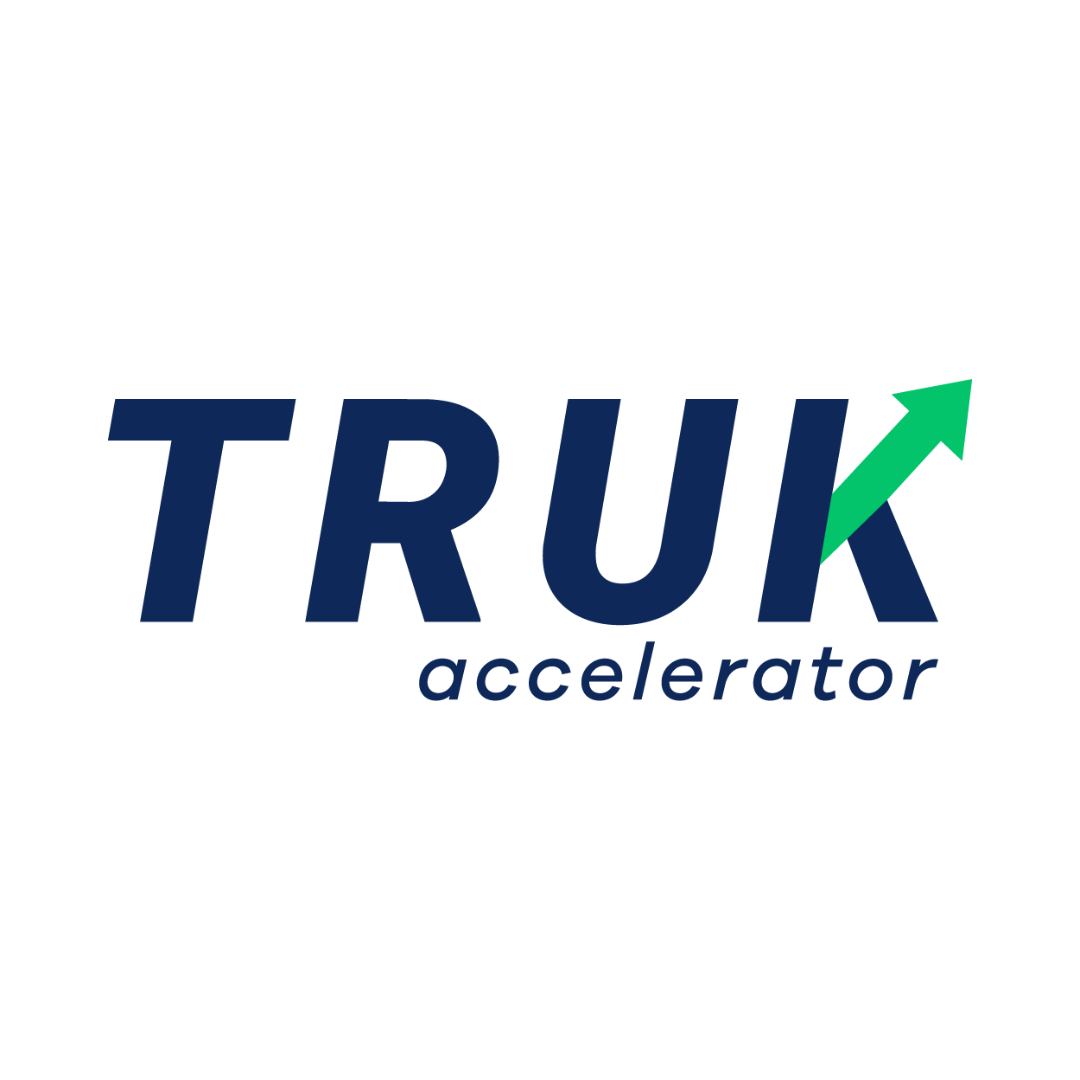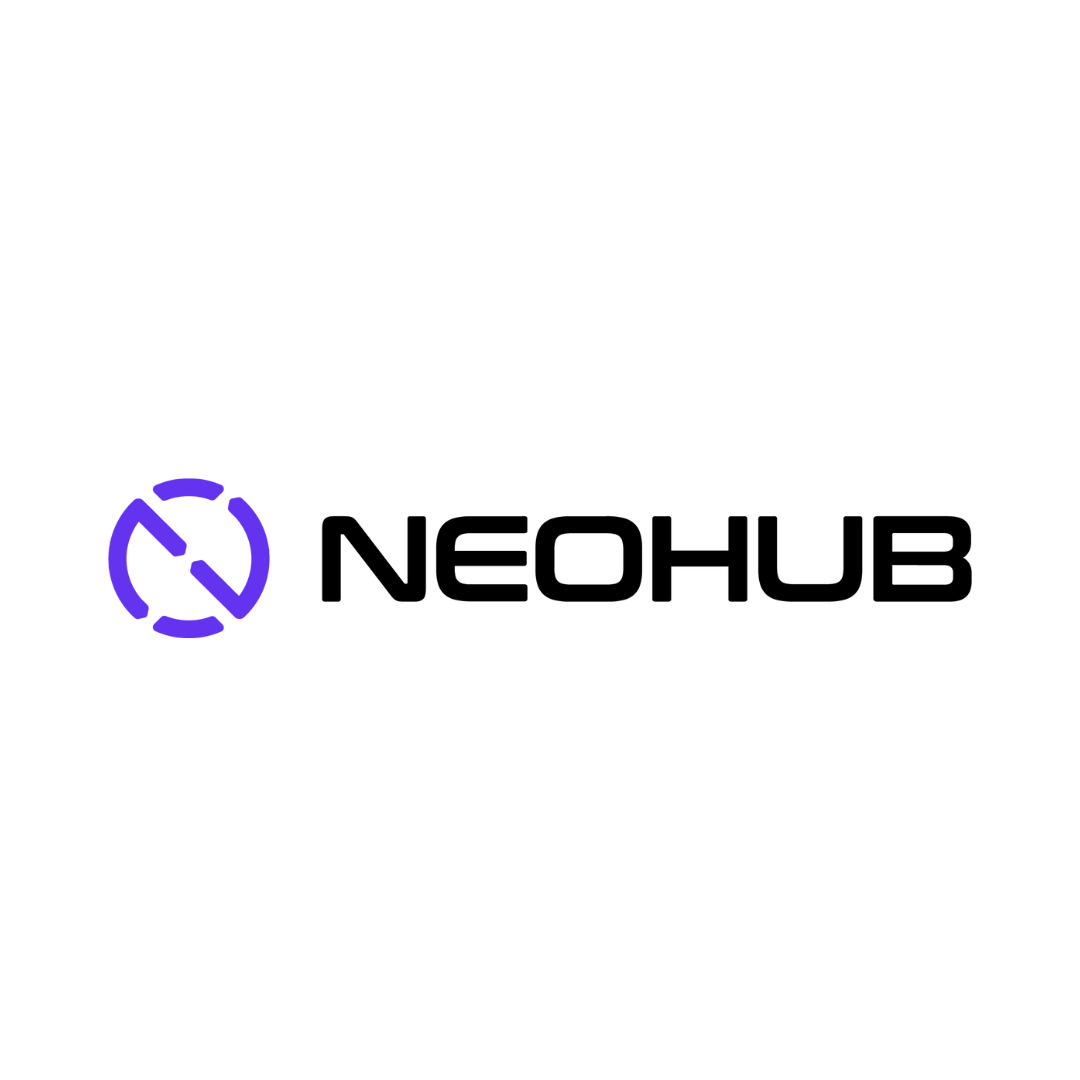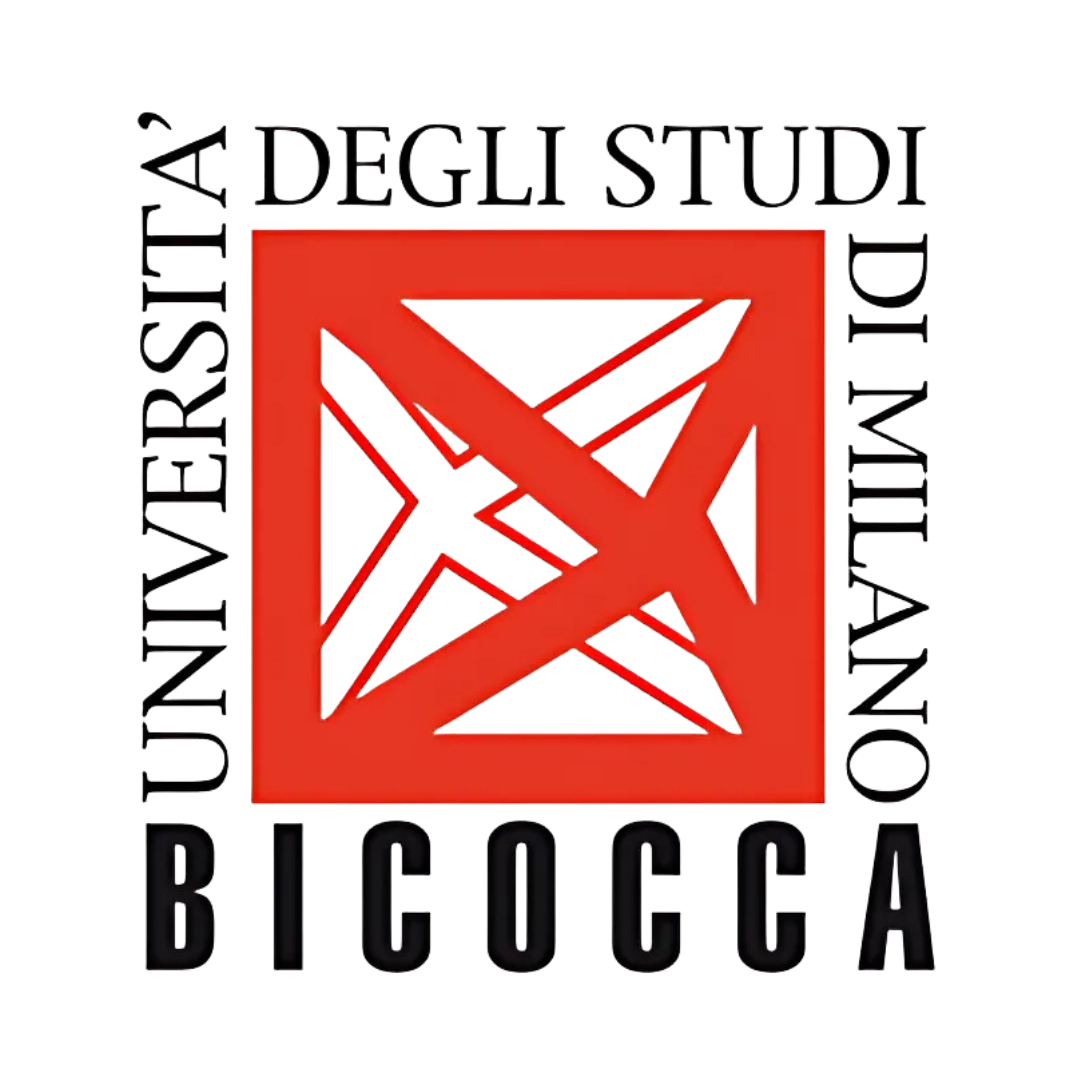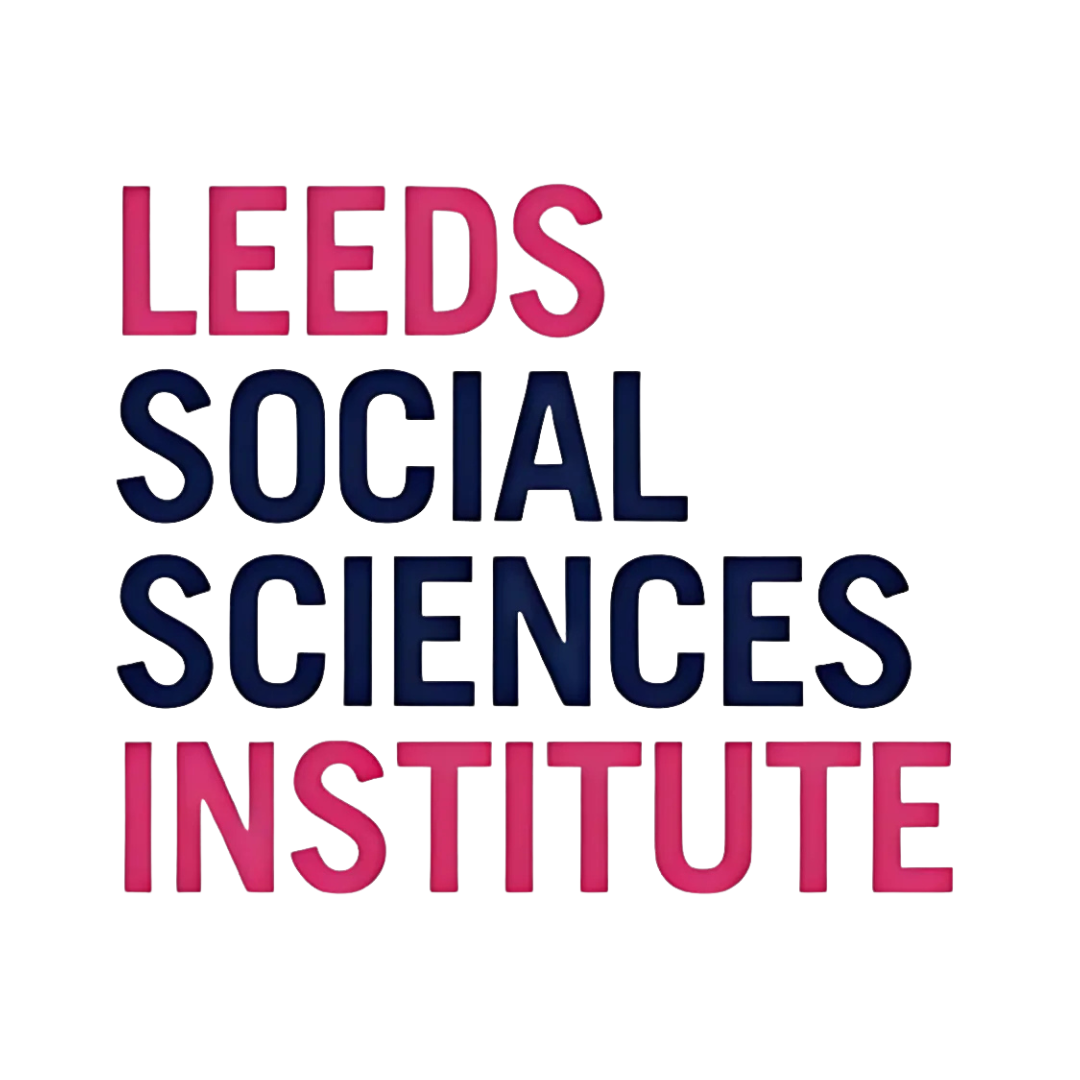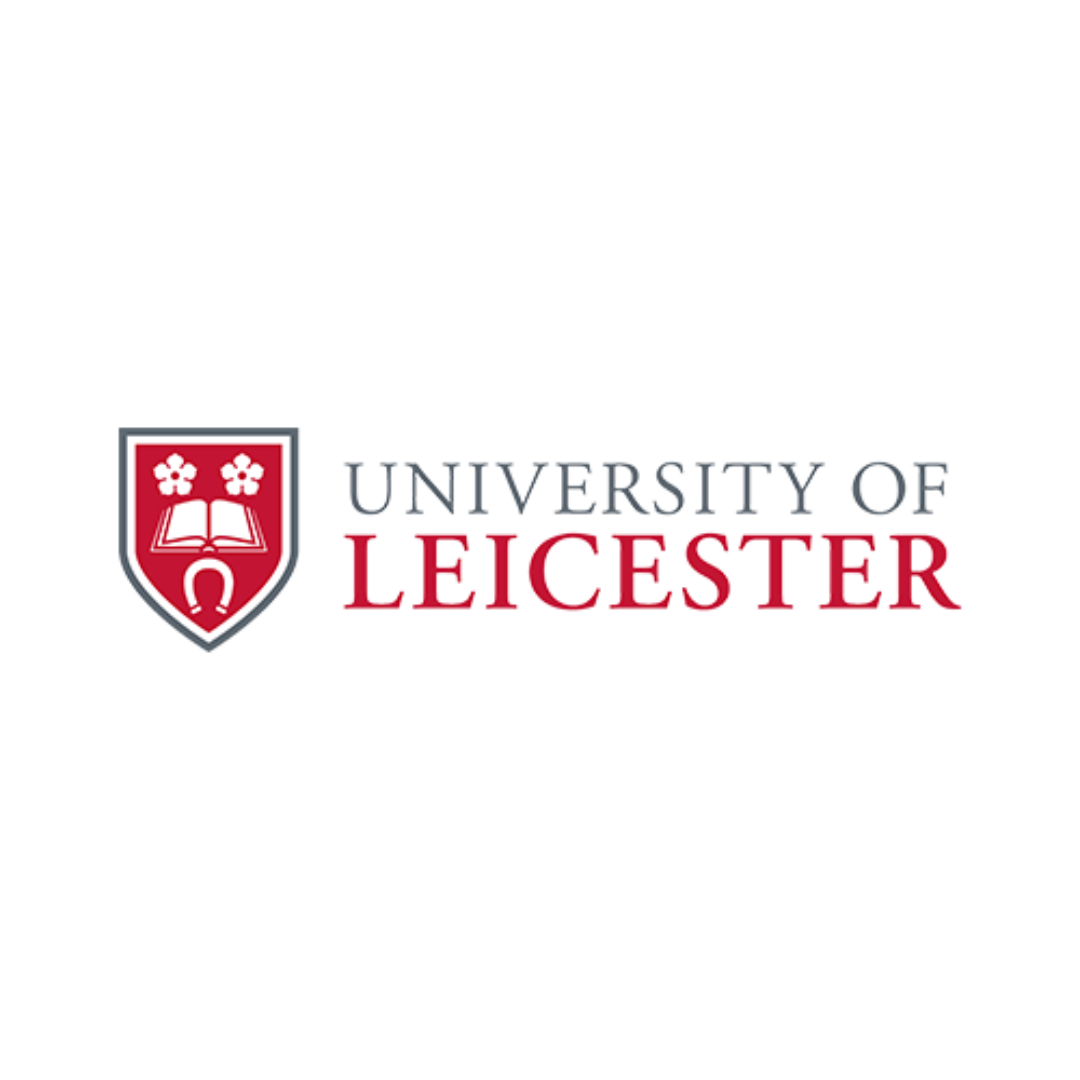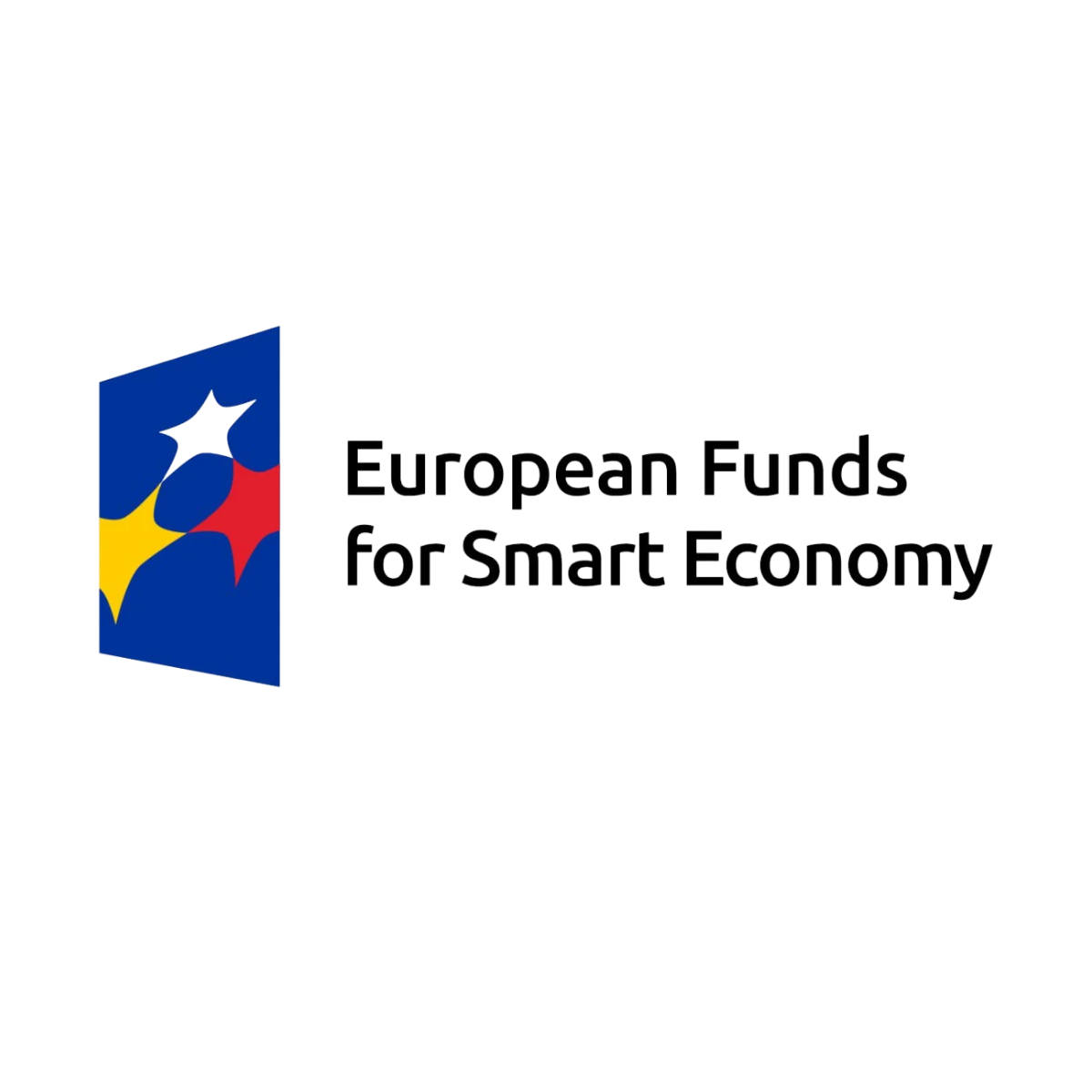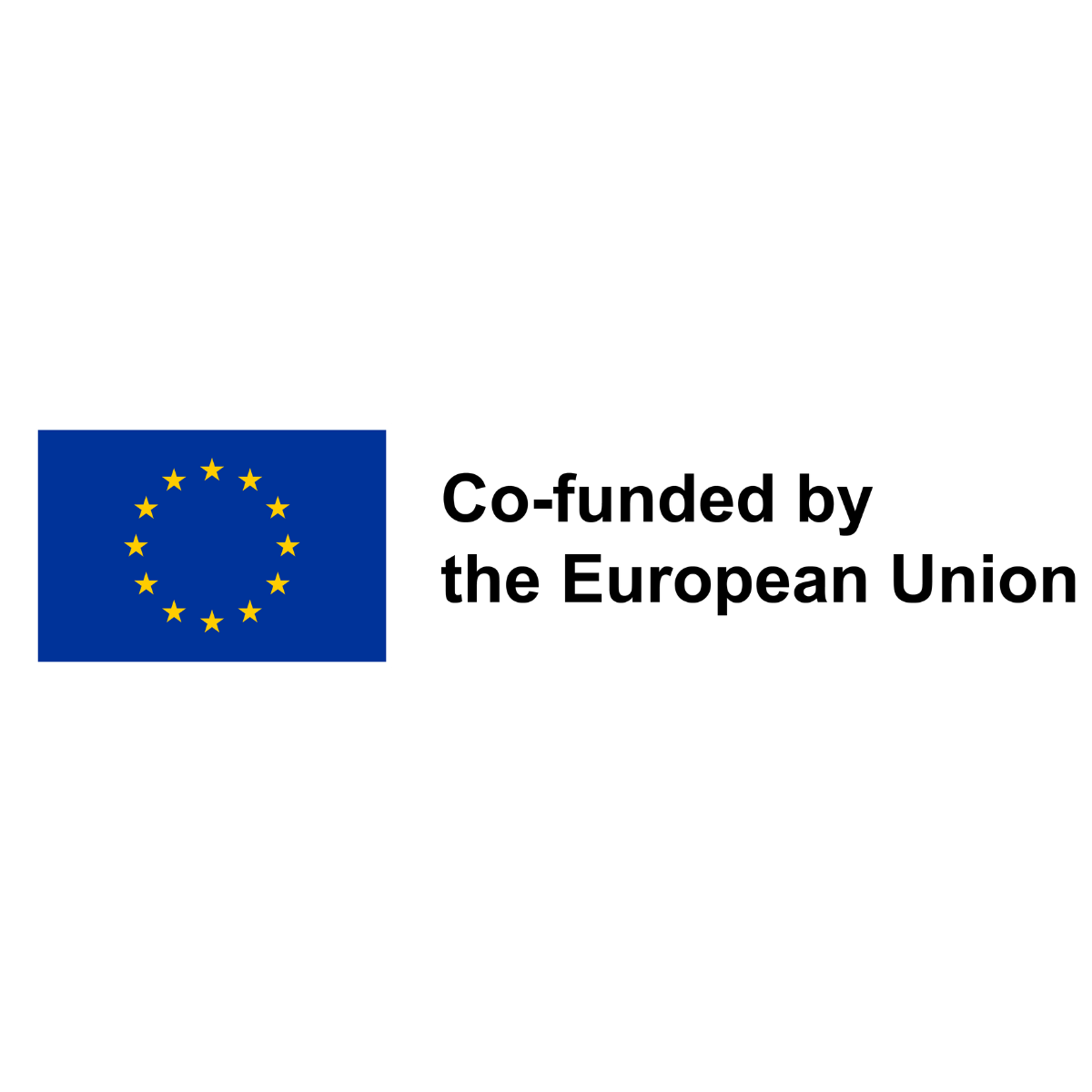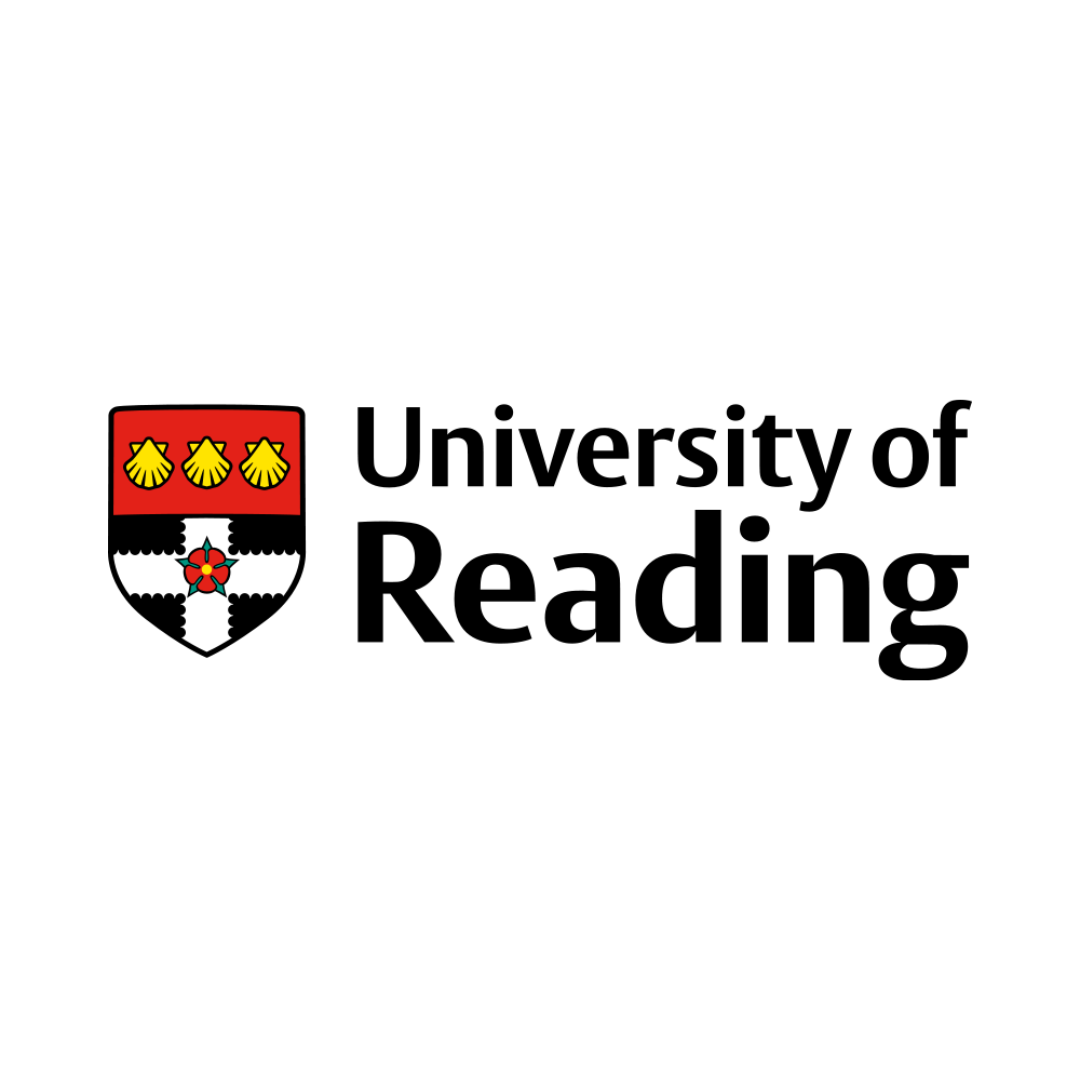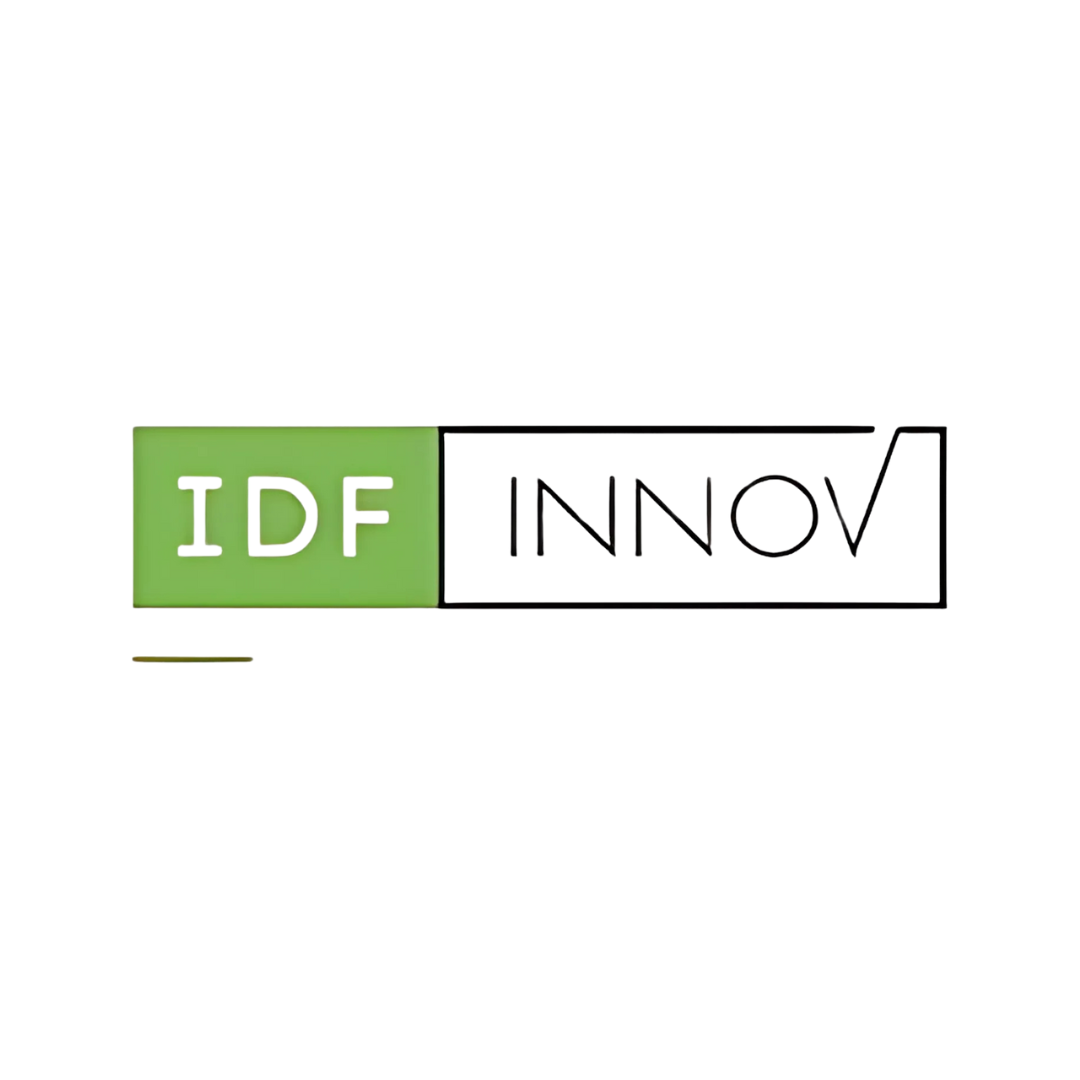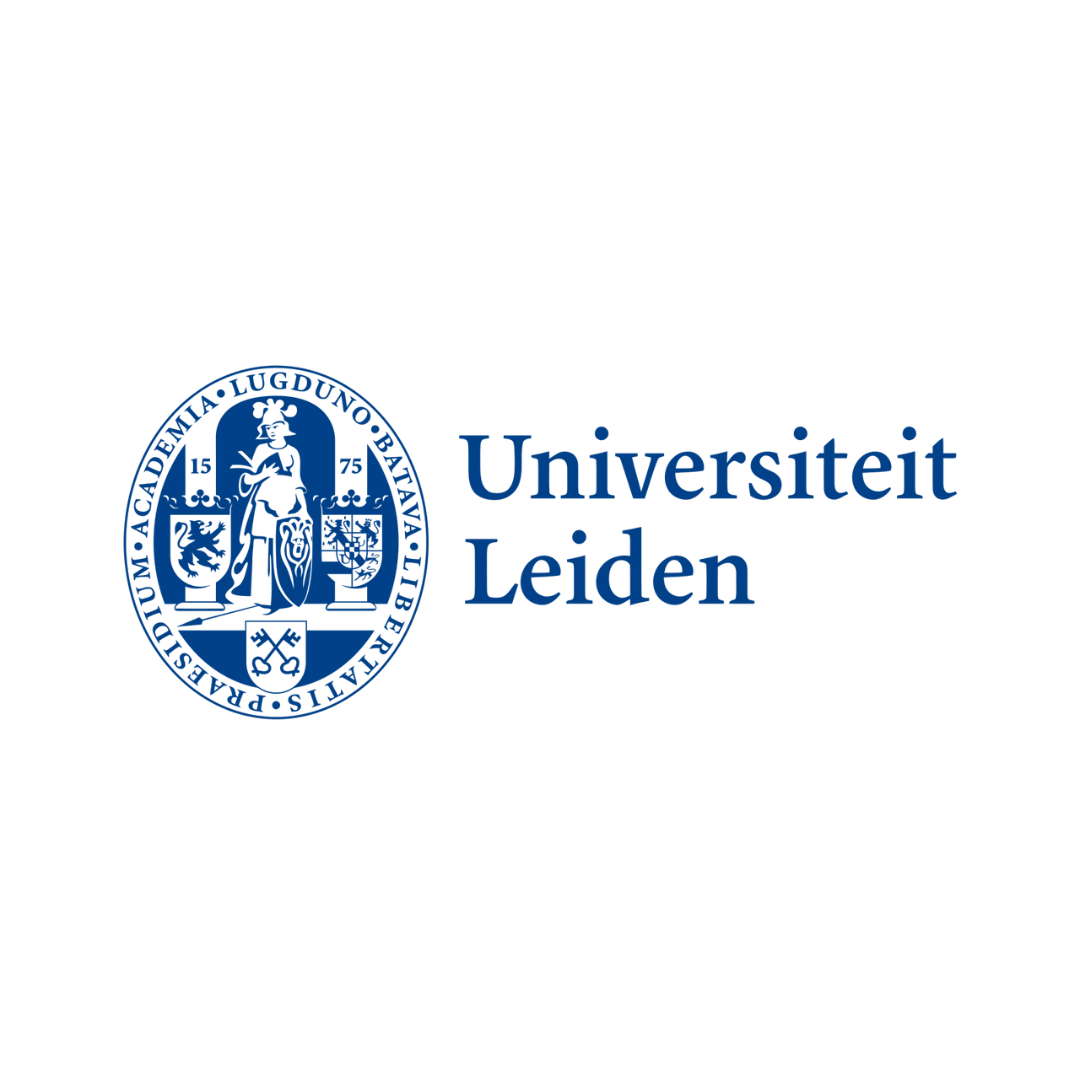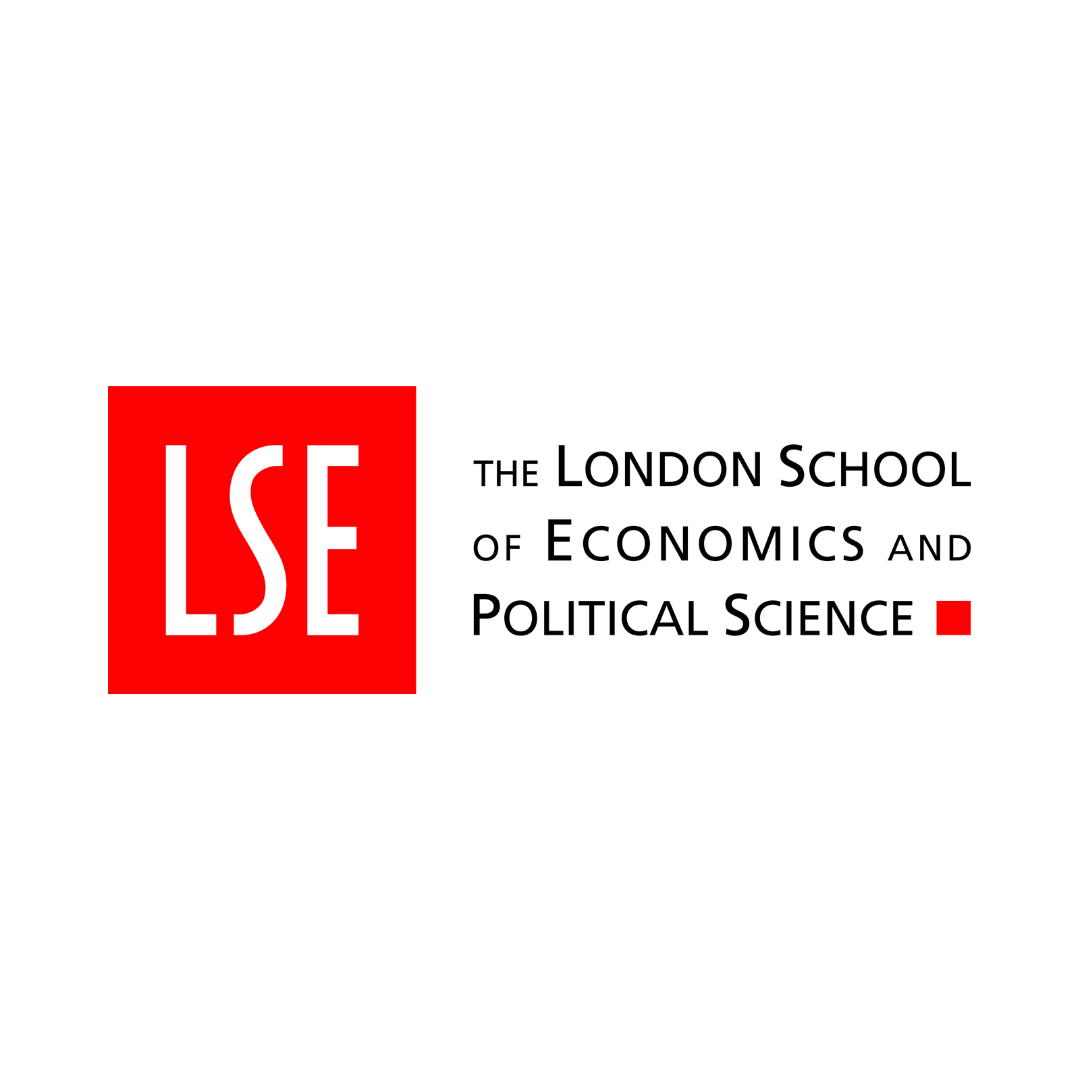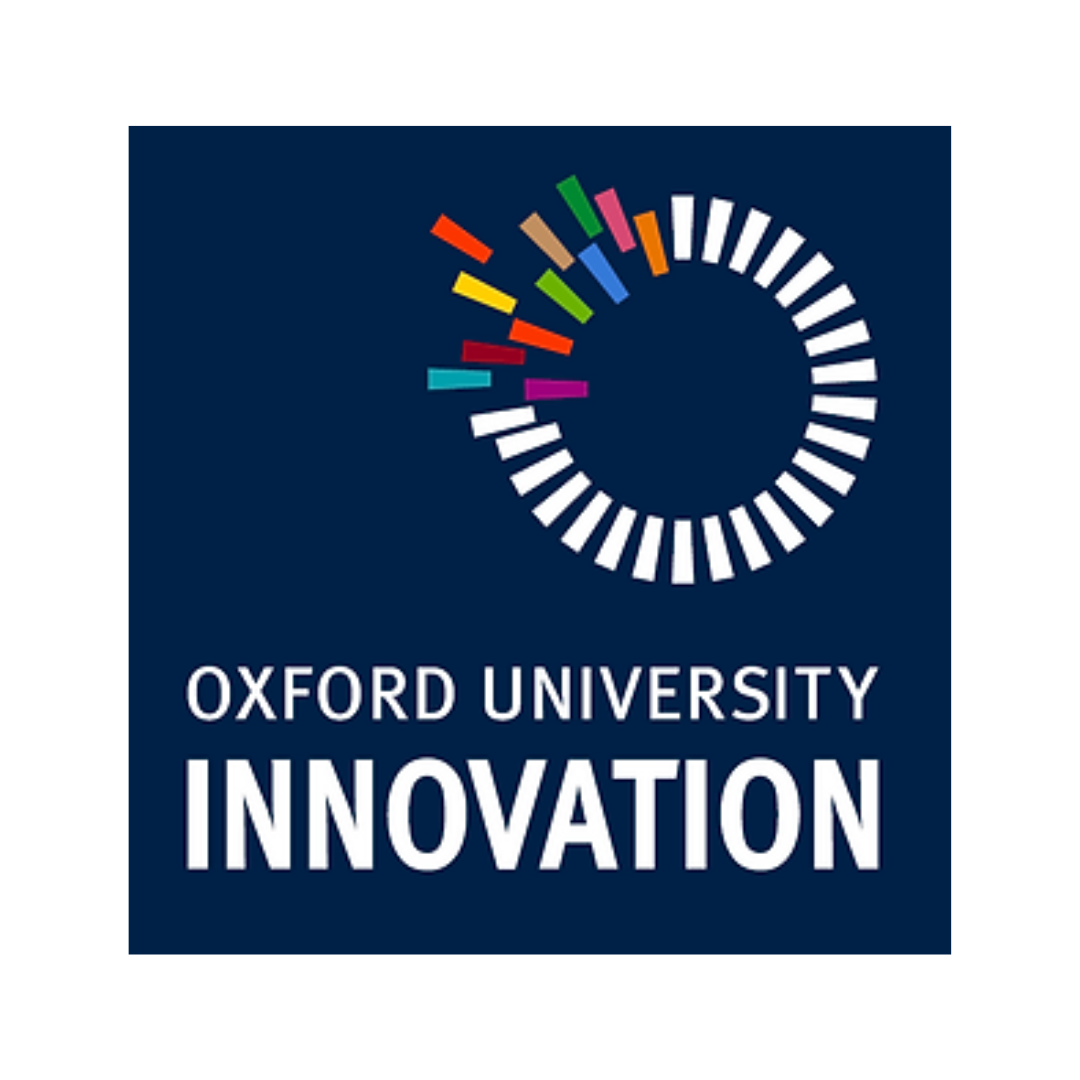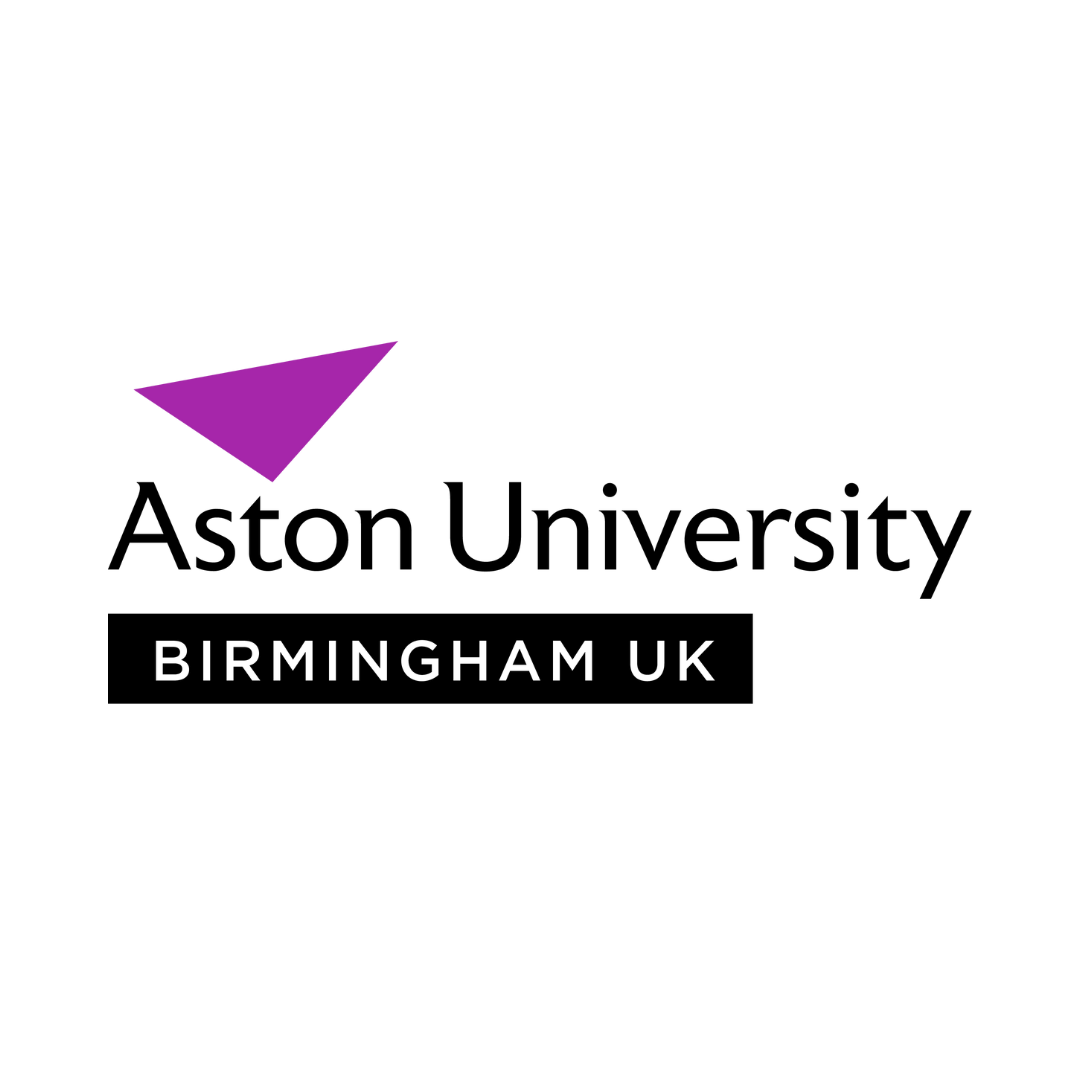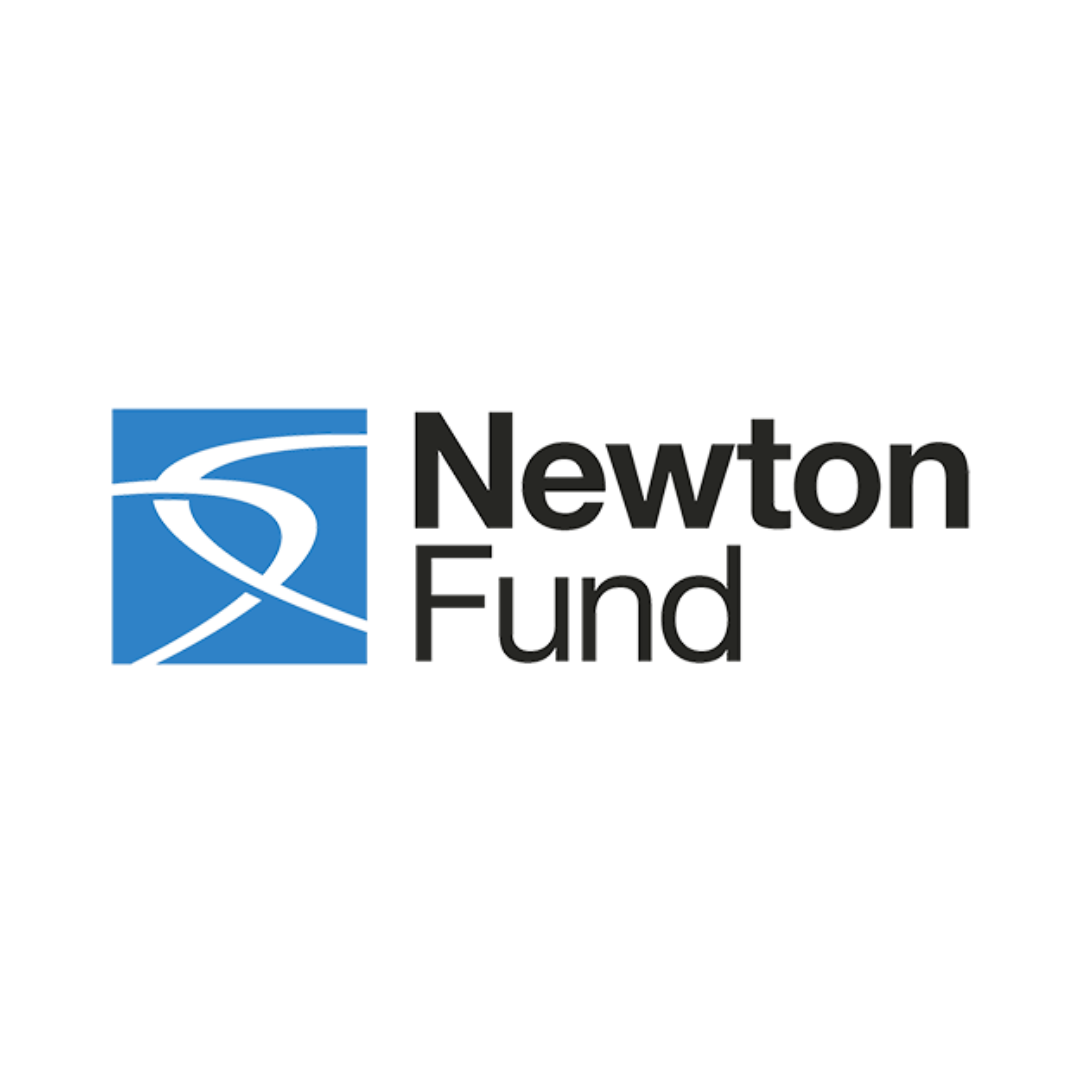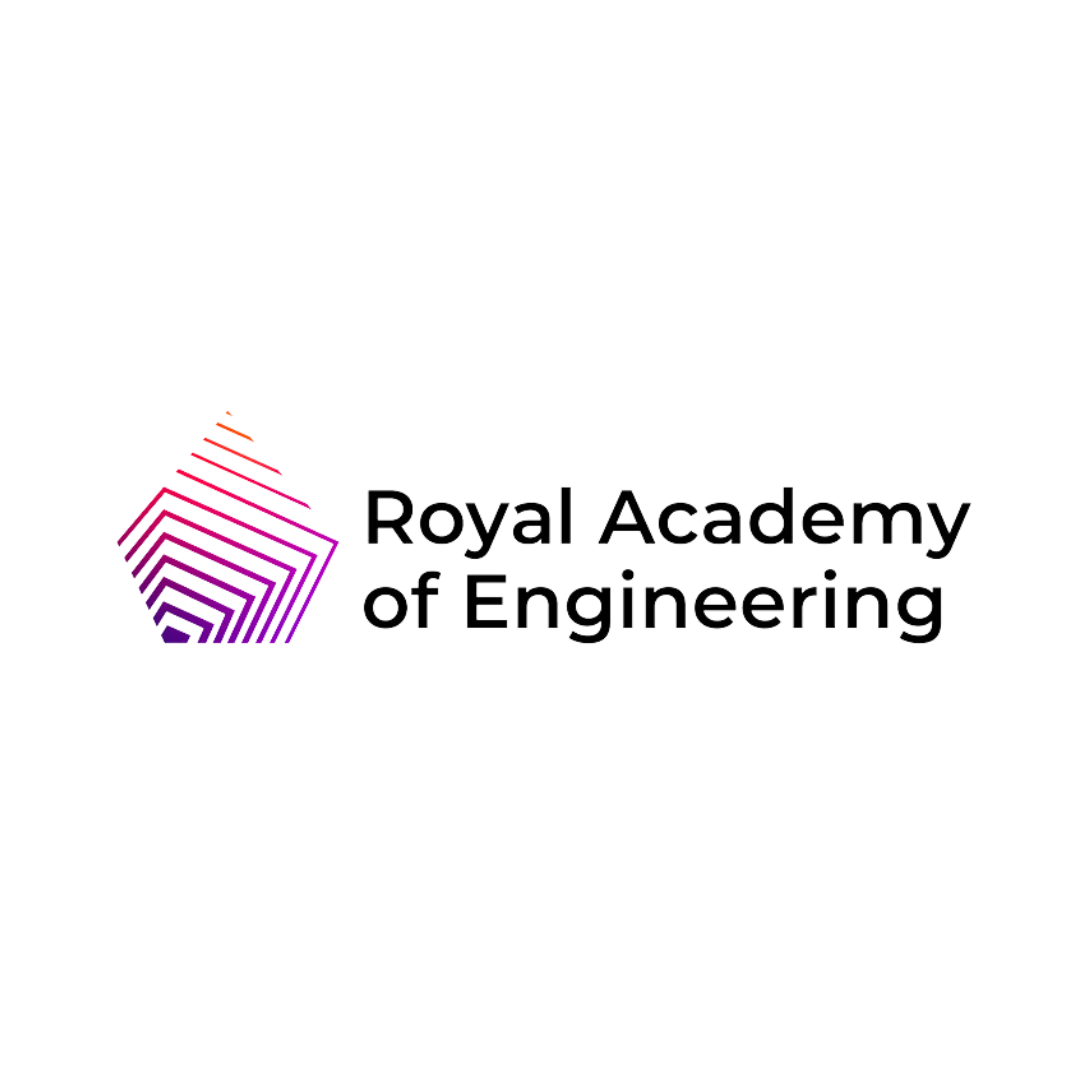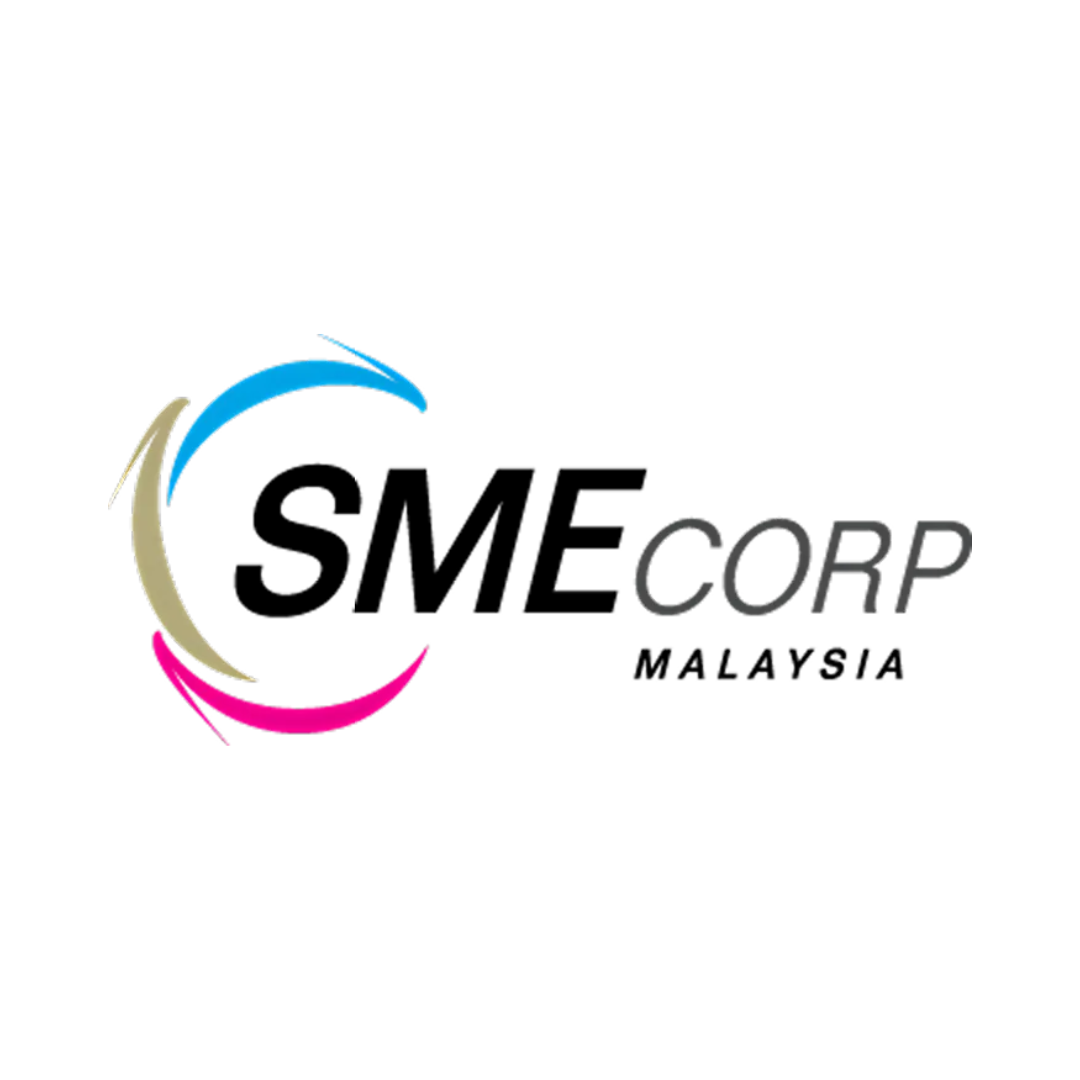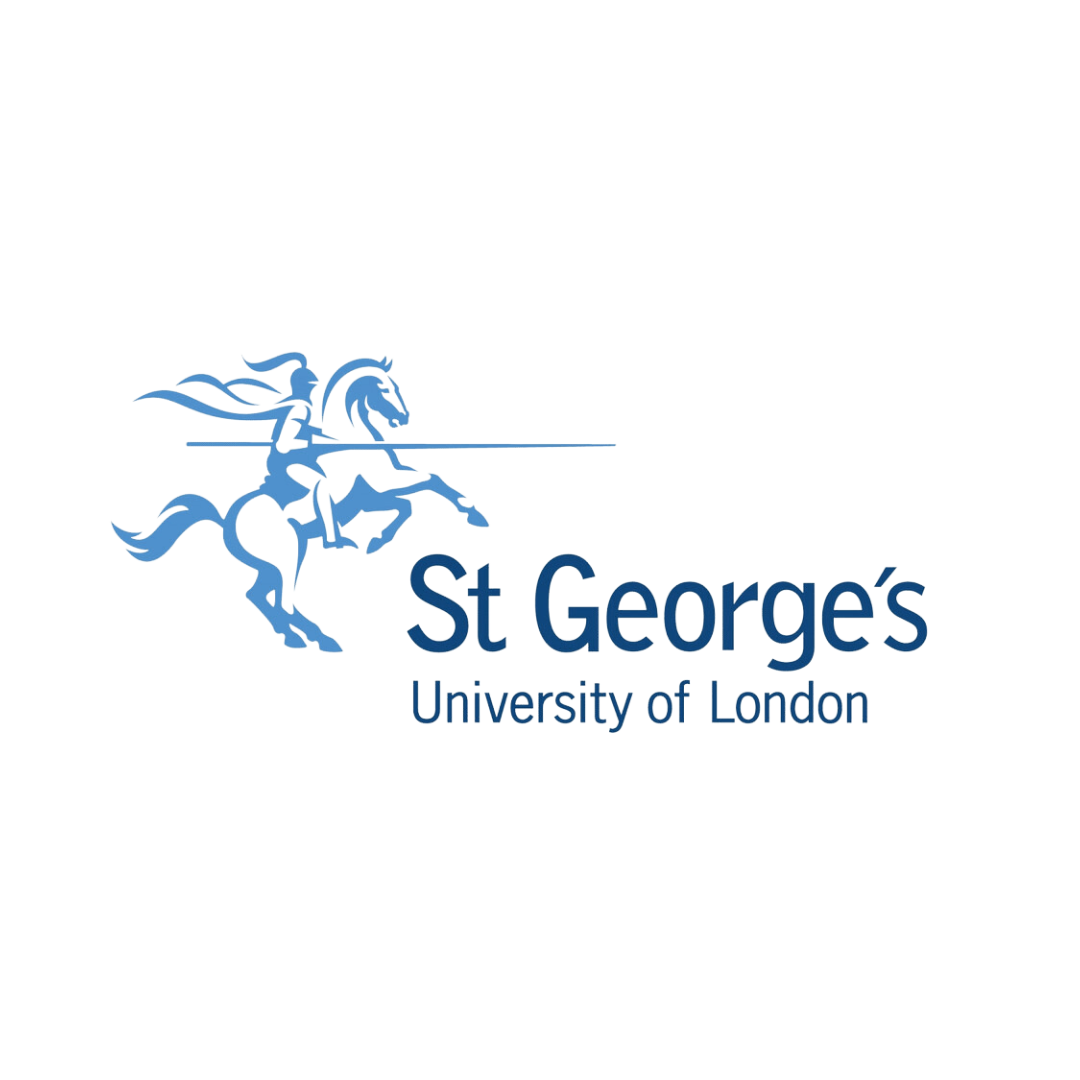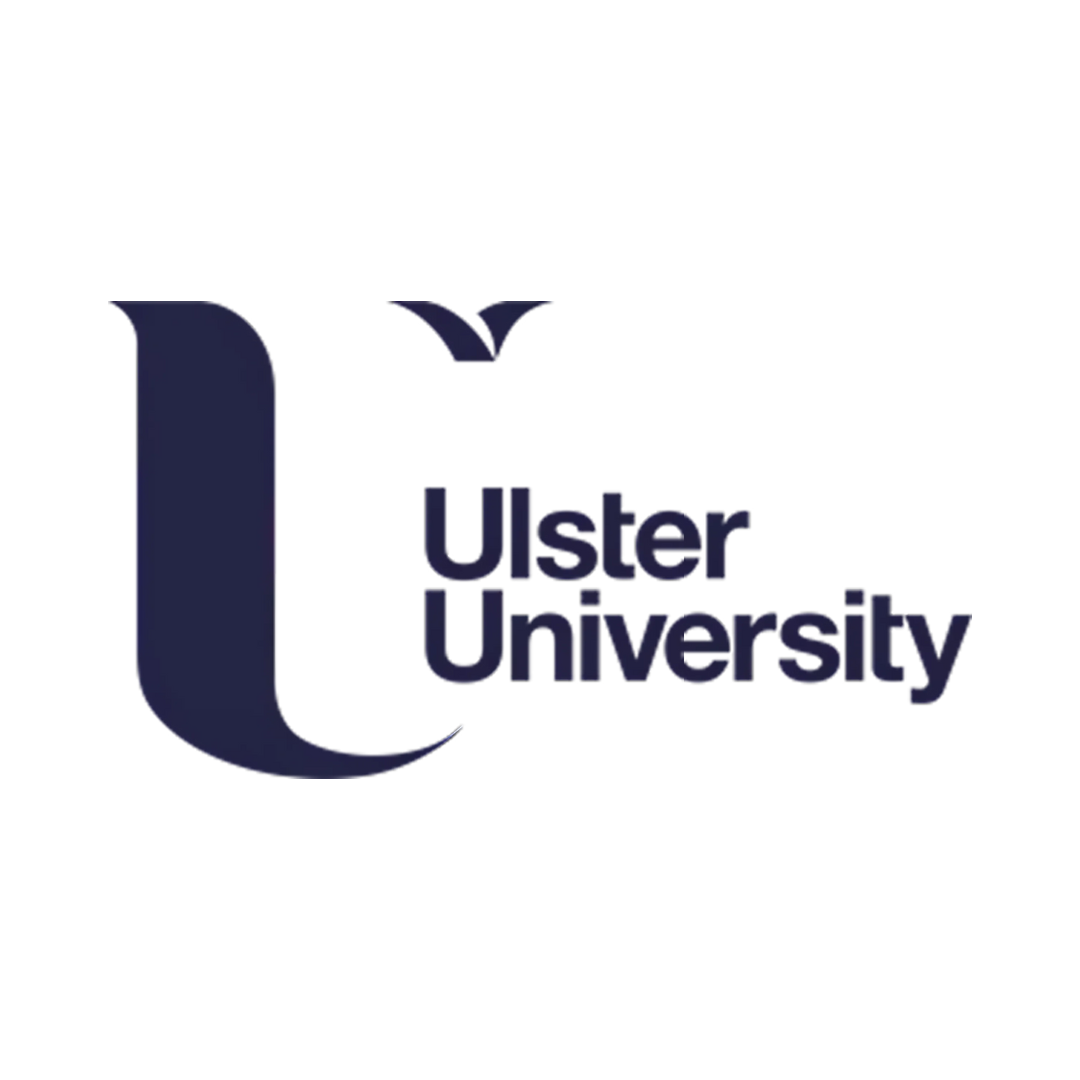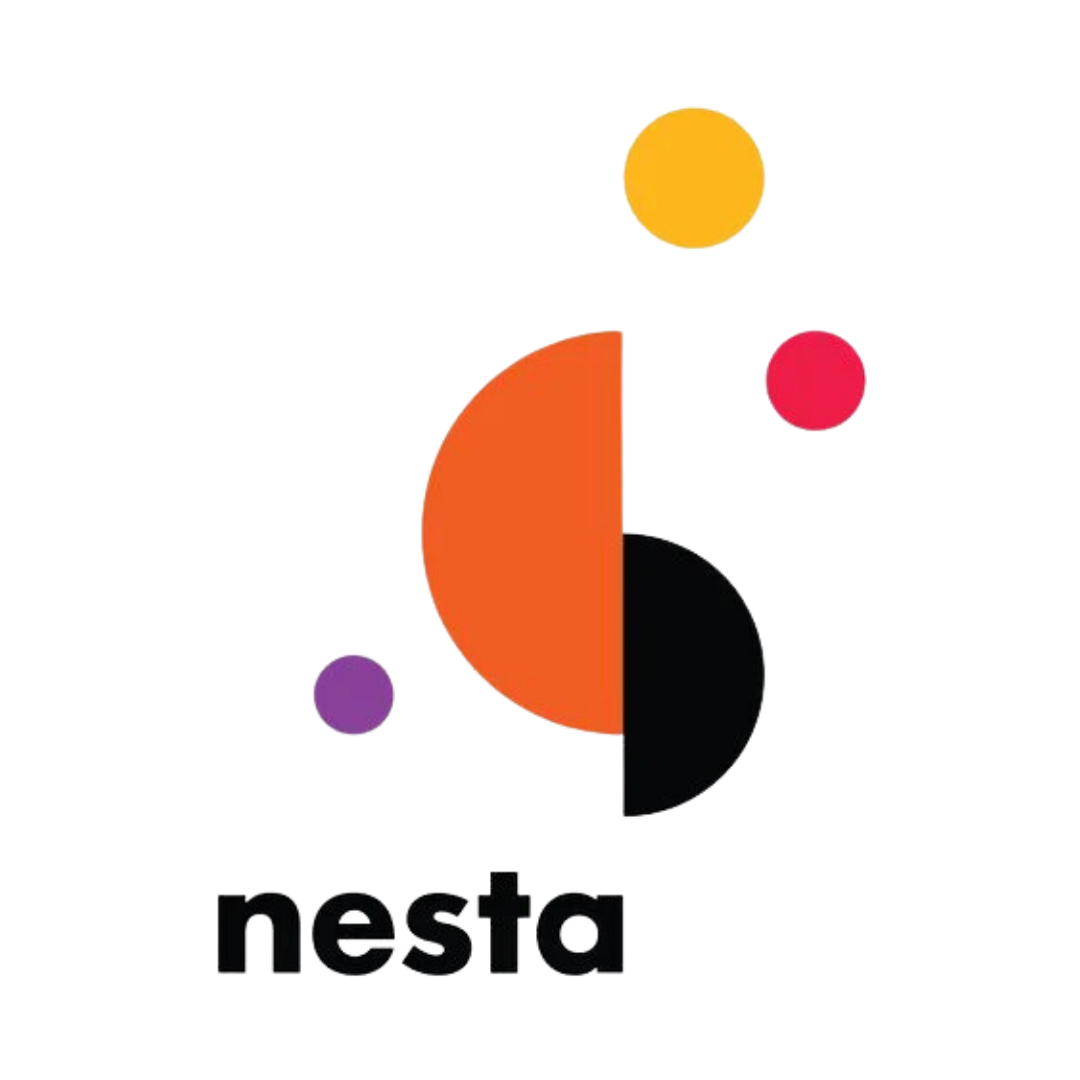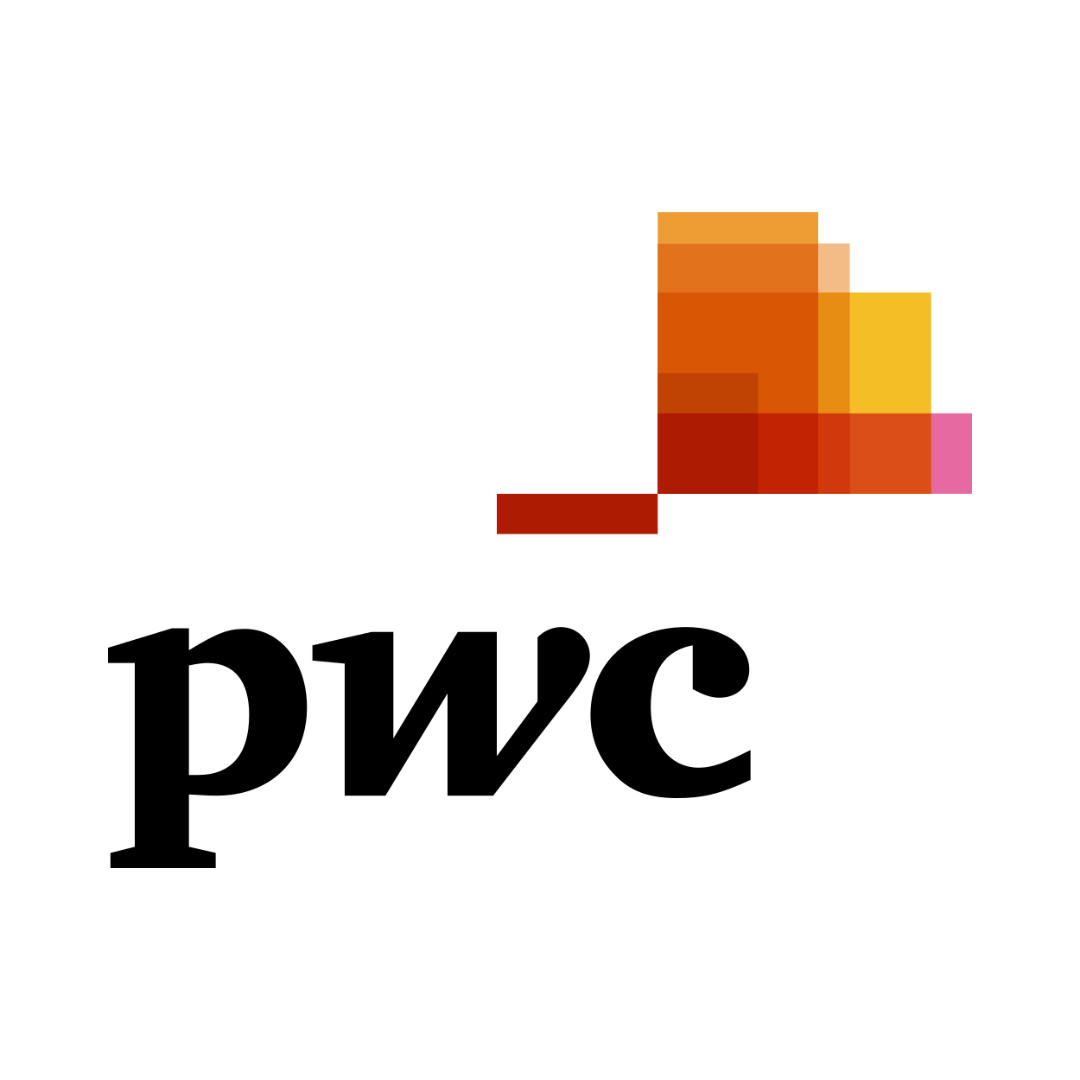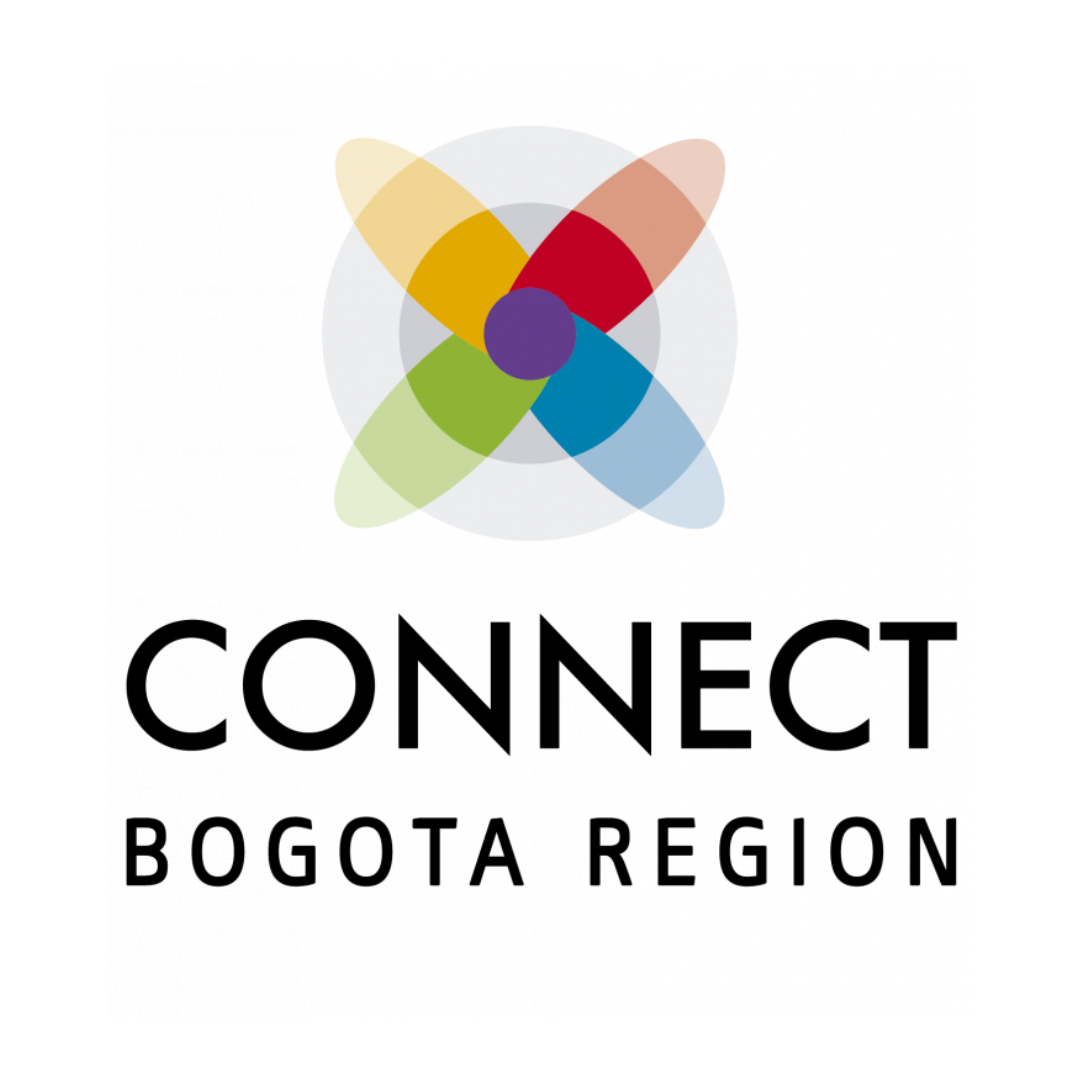Trends to watch in the upcoming years
Welcome to our “future of innovation” series, where we aim to guide you through the dynamic world of industry, technology, and creativity. Trends in this series include the “digital age”, “deep science”, “innovation strategy and management”, and “sustainability and greentech”. Join us on this journey to stay ahead in the ever-evolving innovation landscape.
Trends in the digital age
We will cover five ground breaking trends that have emerged as the driving forces behind our digital future: Artificial Intelligence (AI), the Internet of Things (IoT), Cybersecurity, Extended Reality (XR) AND Quantum Computing. These trends can come across as just buzzwords – but what they truly can offer is still being shaped. In this article, we will focus on exploring these five themes.
We at Oxentia have been actively involved in shaping and promoting the innovative culture in these areas, in particular by running Santander X challenges for AI and Cyber security.
Artificial Intelligence (AI)
❯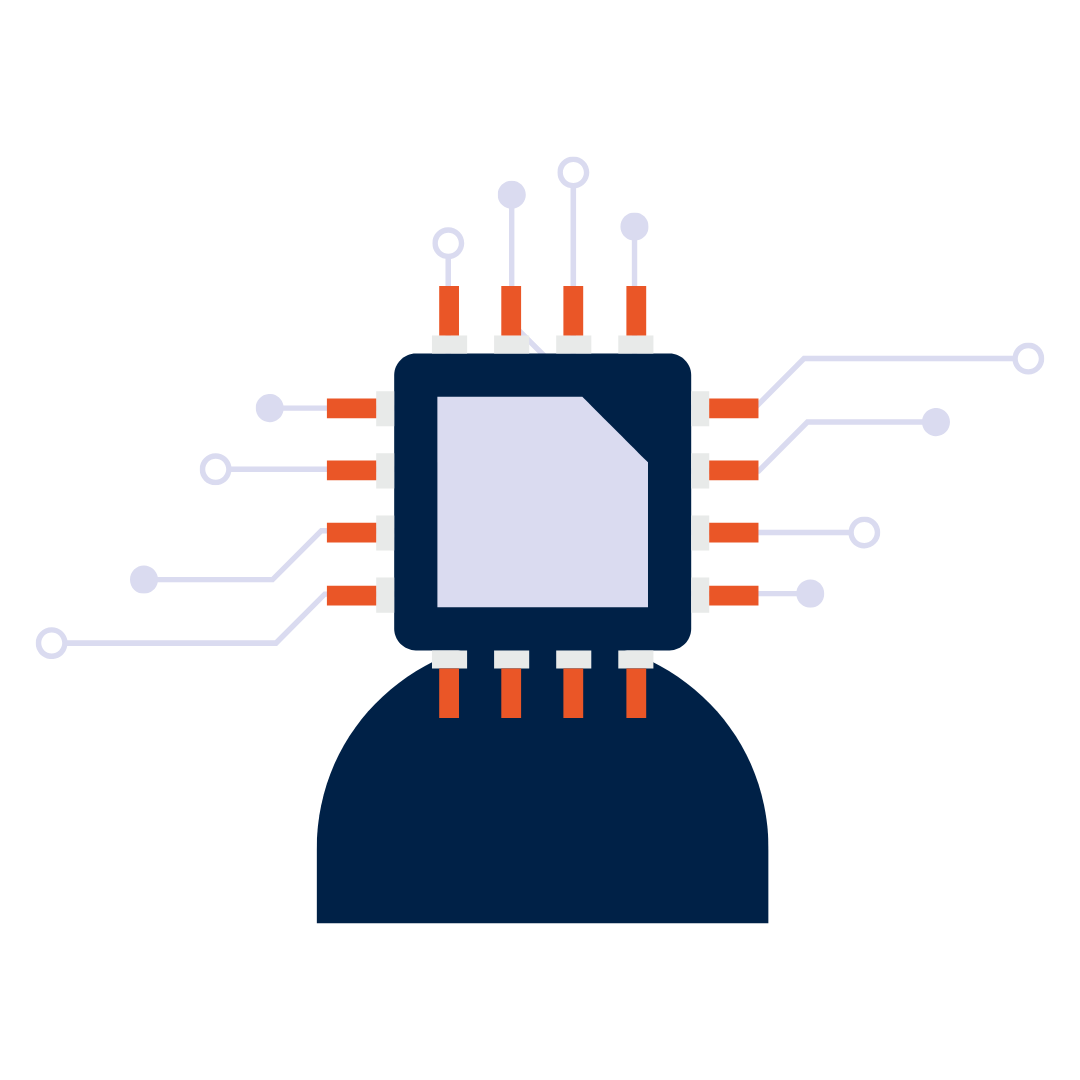
AI and its subfields (Machine Learning, Deep Learning, and NLP) have seamlessly integrated into our world. It’s hard to imagine any future progress without AI integration in some capacity. Apart from popular Large Language Models such as GPT, applied AI technologies are constantly improving with wide-ranging applications in the industrial sector, healthcare, education, transport, and creative markets. In particular, AI is now being used to accelerate personalised medicine, tailoring treatment to individual patients based on their genetics and clinical data.
Generative AI is also assisting and tailoring the creative process within organisations, not only by being a “brainstorming buddy” but also by creating new content. Recognising this, Oxentia has recently partnered with City, University of London’s Bayes Business School, to create a tool that harnesses the potential of AI for creative businesses. For the full article, please visit this link.
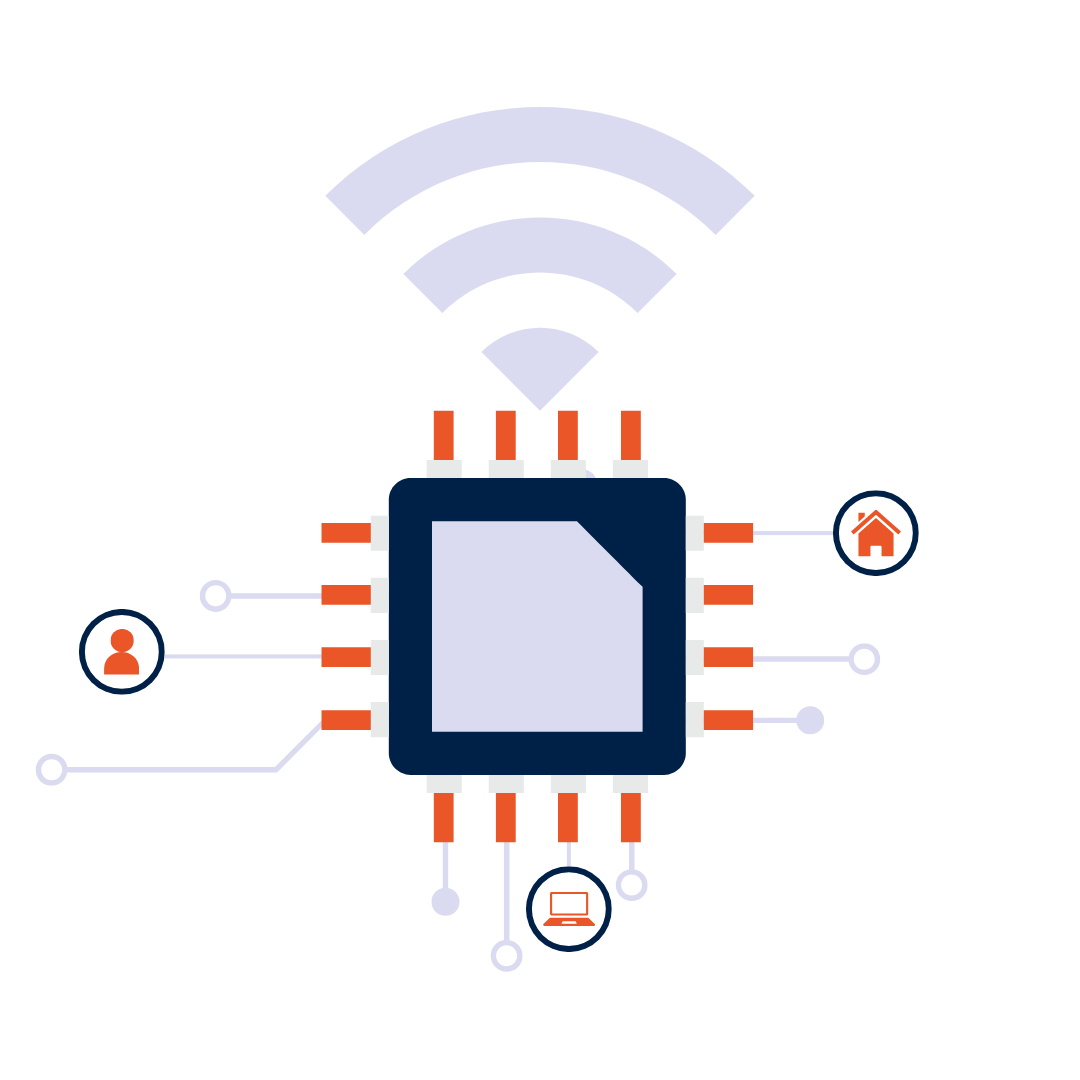
IoT refers to a network of physical entities connected to each other, enabled by digital technologies, with the purpose of exchanging and collecting information. The IoT industry is driven both by hardware innovations such as smart sensors and software enabling innovations such as 5G networks and edge computing.
IoT is underpinning the digital age, being a truly cross-industry trend with applications in industry 4.0, agriculture, healthcare, and infrastructure through the development of smart cities and homes.
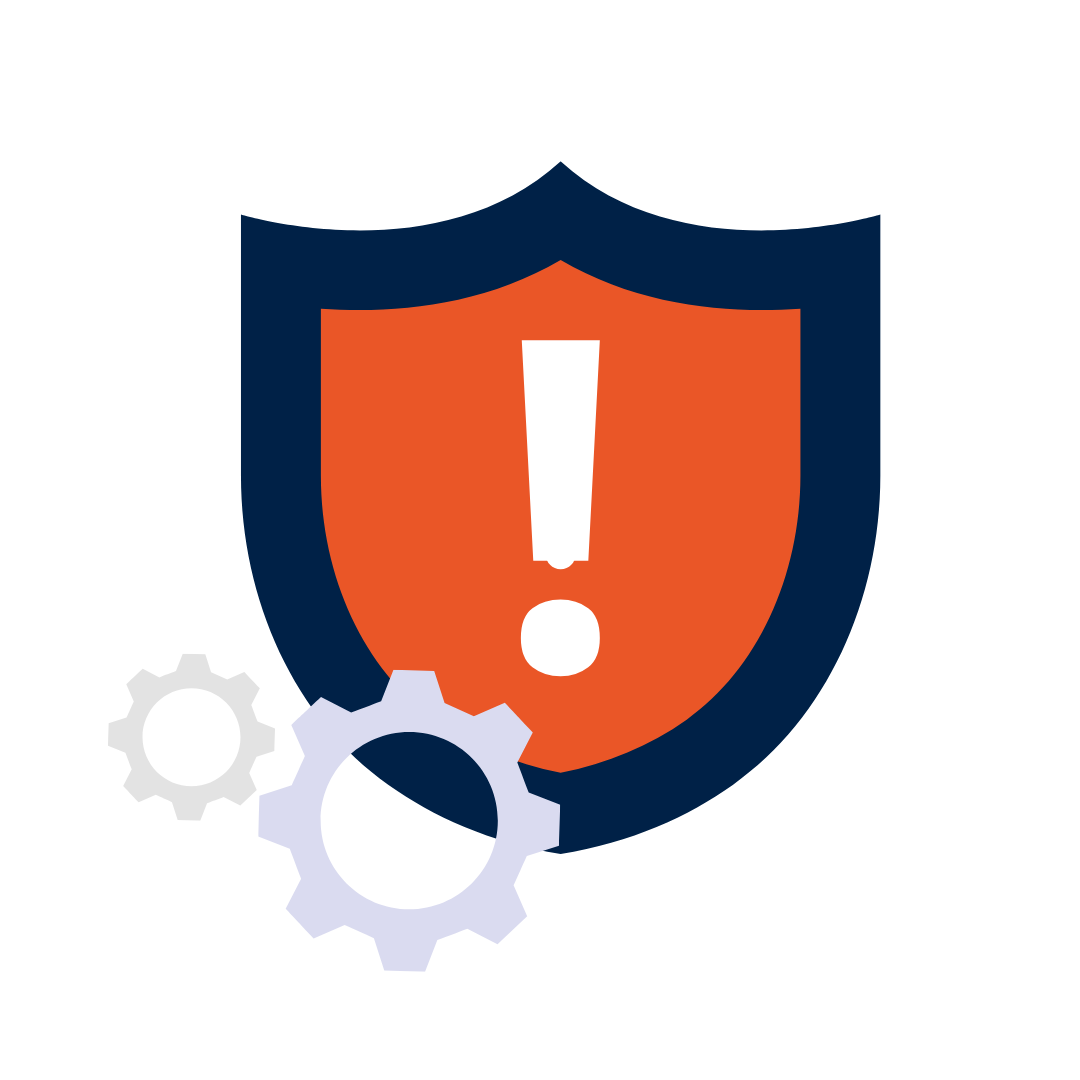
Technological innovation in the digital sector, such as IoT, has amplified the need for strengthening its trust infrastructure around security and privacy. As companies place “trust” at the core of their customer service, the importance of “security” becomes even more critical. With technology advancements, many new approaches enhance cyber security, including AI-powered threat detection, blockchain technologies, and multifactor/biometric authentication systems.
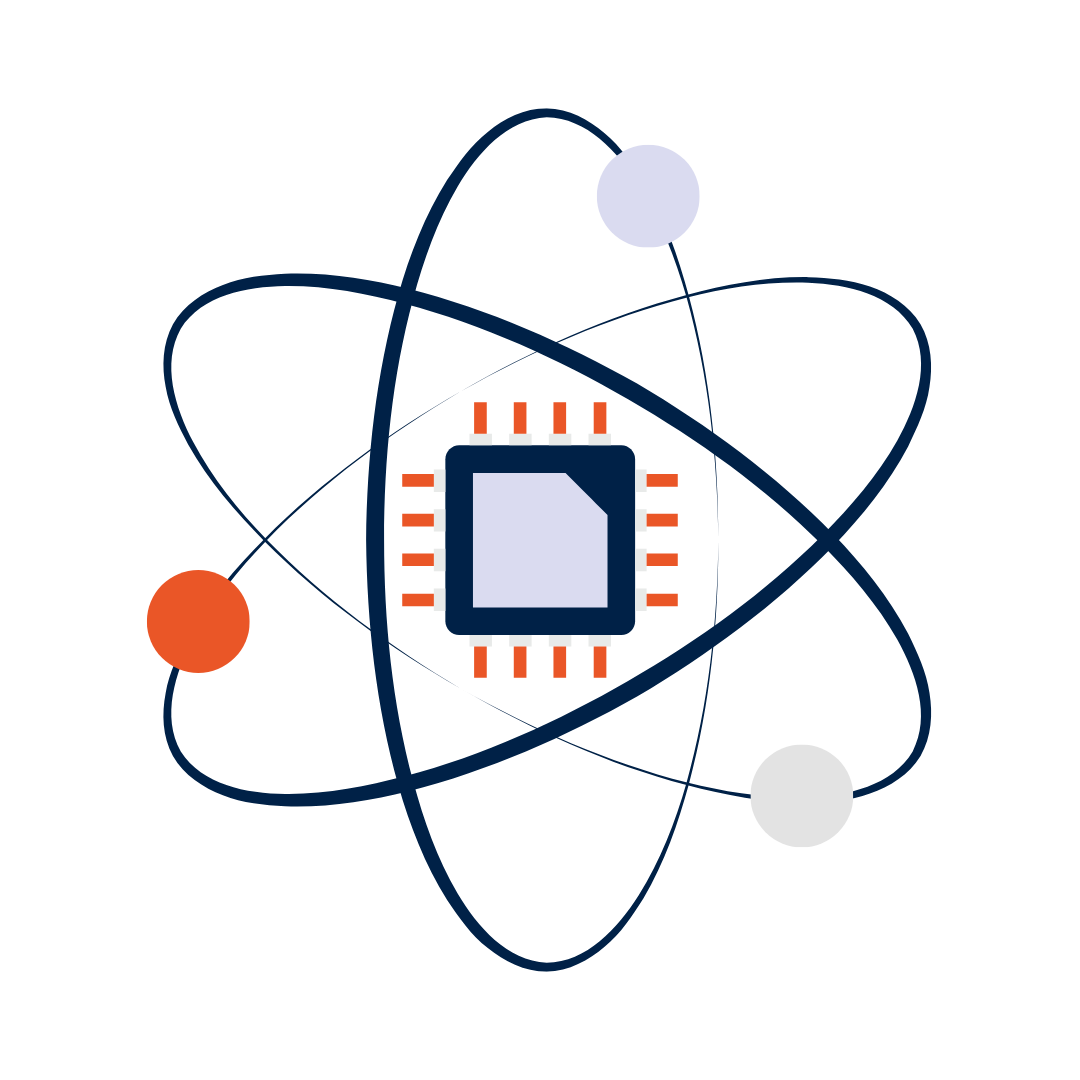
Instead of 0s and 1s in classic computers, quantum computing uses quantum bits, allowing for complex tasks at a much higher speed by running calculations in parallel. Though still in its early stages, quantum computing has the potential to perform intricate tasks rapidly, overcoming computational barriers. This can unlock applications in drug discovery, material science, climate, and finance, as well as advancements in cryptography and AI.
Thanks to Hafsa Ateeq for their contribution and support in creating this article.
If you would like to discuss how these trends can be harnessed to address your business needs, please contact us at sahand.zp@oxentia.com.

